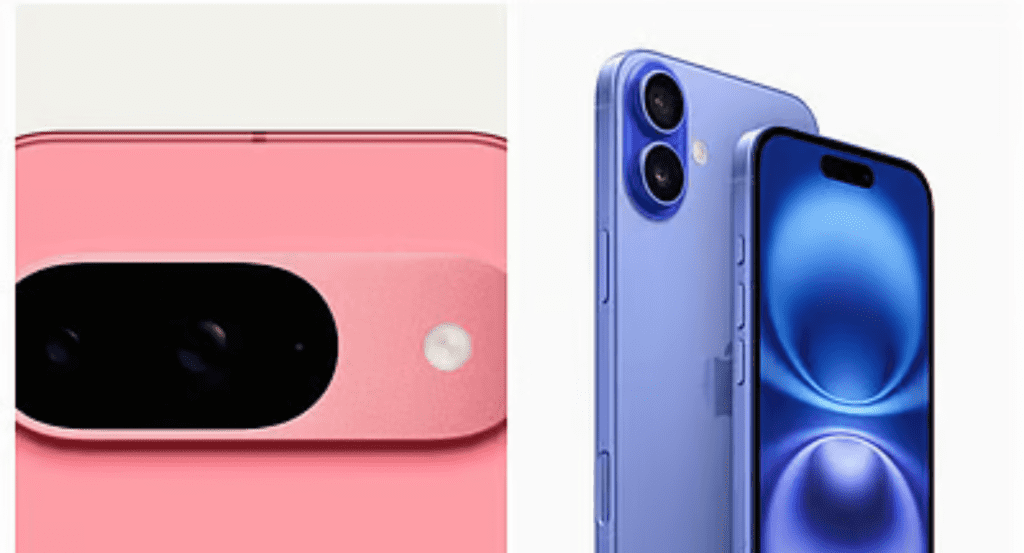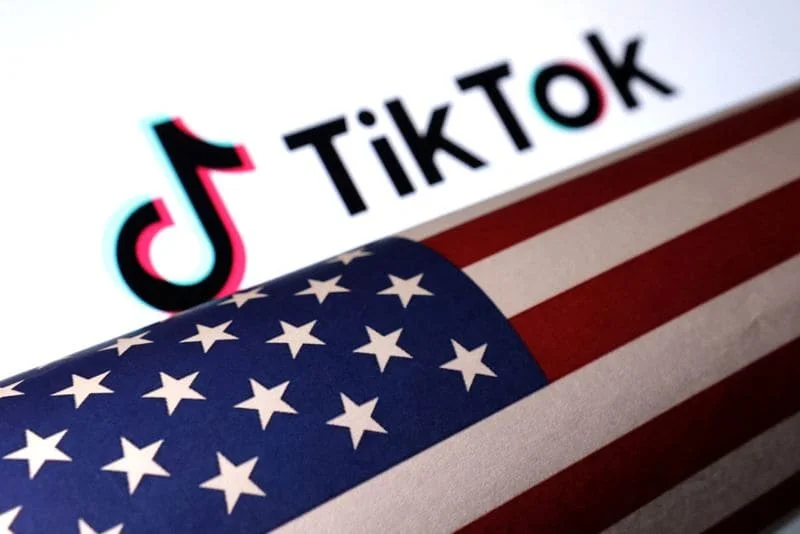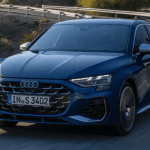In the ever-evolving smartphone market, two flagship devices have recently captured significant attention: Google’s Pixel 9 and Apple’s iPhone 15. Both phones offer premium features and performance, yet they cater to different user preferences and ecosystems. This article provides a comprehensive comparison between the two, focusing on design, display, performance, camera capabilities, battery life, and pricing.
Design and Display
The Google Pixel 9 features a 6.3-inch OLED screen with a resolution of 1080 × 2424 pixels and a 120Hz refresh rate, ensuring smooth visuals. The display peaks at 2700 nits, providing excellent brightness even under direct sunlight. The device is protected by Corning Gorilla Glass Victus 2, enhancing its durability. In terms of aesthetics, the Pixel 9 maintains Google’s signature design with a prominent camera bar on the back.
In contrast, the Apple iPhone 15 comes with a 6.1-inch Super Retina XDR OLED display, offering a resolution of 1179 × 2556 pixels. It supports HDR with Dolby Vision and True Tone technology, delivering vibrant and true-to-life colors. The screen achieves a peak brightness of 2000 nits, ensuring clarity in various lighting conditions. The iPhone 15 continues Apple’s minimalist design philosophy, featuring a sleek and uniform appearance.
Performance and Software
Under the hood, the Pixel 9 is powered by Google’s Tensor G4 chipset, paired with an octa-core 3.1GHz processor, 12GB of RAM, and up to 256GB of internal storage. This configuration ensures efficient multitasking and a seamless user experience. The device runs on Android 14, with a guaranteed upgrade to Android 15, offering users the latest features and security updates.
The iPhone 15, on the other hand, is equipped with Apple’s A16 Bionic chipset, featuring a hexa-core processor clocked at 3.46GHz. It comes with 6GB of RAM and starts at 128GB of storage. The device operates on iOS 17, providing a cohesive and optimized ecosystem experience. Apple’s tight integration of hardware and software ensures smooth performance across various applications.
Camera Capabilities
Photography enthusiasts will find capable camera systems on both devices. The Pixel 9 boasts a dual rear camera setup, including a 50MP primary sensor and a 48MP secondary lens with Optical Image Stabilization (OIS). This combination allows for detailed and stable shots in various lighting conditions. The front-facing camera features a 10.5MP sensor capable of recording 4K videos at 60fps.
The iPhone 15 is equipped with a 48MP primary rear camera and a 12MP secondary lens. The front camera also offers a 12MP sensor, capable of recording 1080p videos at 60fps. Apple’s advancements in computational photography enhance image quality, delivering sharp and vibrant photos.
Battery Life and Charging
Battery performance is a crucial aspect for many users. The Pixel 9 houses a 4700mAh battery supporting 27W fast charging, 15W wireless charging, and reverse charging capabilities. This setup ensures prolonged usage and flexibility in charging options.
The iPhone 15 comes with a 3349mAh battery, supporting fast charging and 15W MagSafe wireless charging. While the battery capacity is smaller compared to the Pixel 9, Apple’s hardware-software optimization often results in efficient power consumption.
Pricing and Availability
Pricing is a significant factor for many consumers. The Pixel 9 starts at ₹74,999, offering a balance between premium features and cost. The iPhone 15 is priced starting at ₹61,499, making it a slightly more affordable option in the flagship category. Both devices are available through their respective official channels and authorized retailers.
Choosing between the Google Pixel 9 and the Apple iPhone 15 depends largely on individual preferences and ecosystem alignment. The Pixel 9 offers a higher refresh rate display, larger battery, and the flexibility of the Android platform. Conversely, the iPhone 15 provides a brighter display, robust performance with the A16 Bionic chip, and seamless integration within the Apple ecosystem. Prospective buyers should consider their specific needs, such as camera preferences, software experience, and budget, to make an informed decision.























